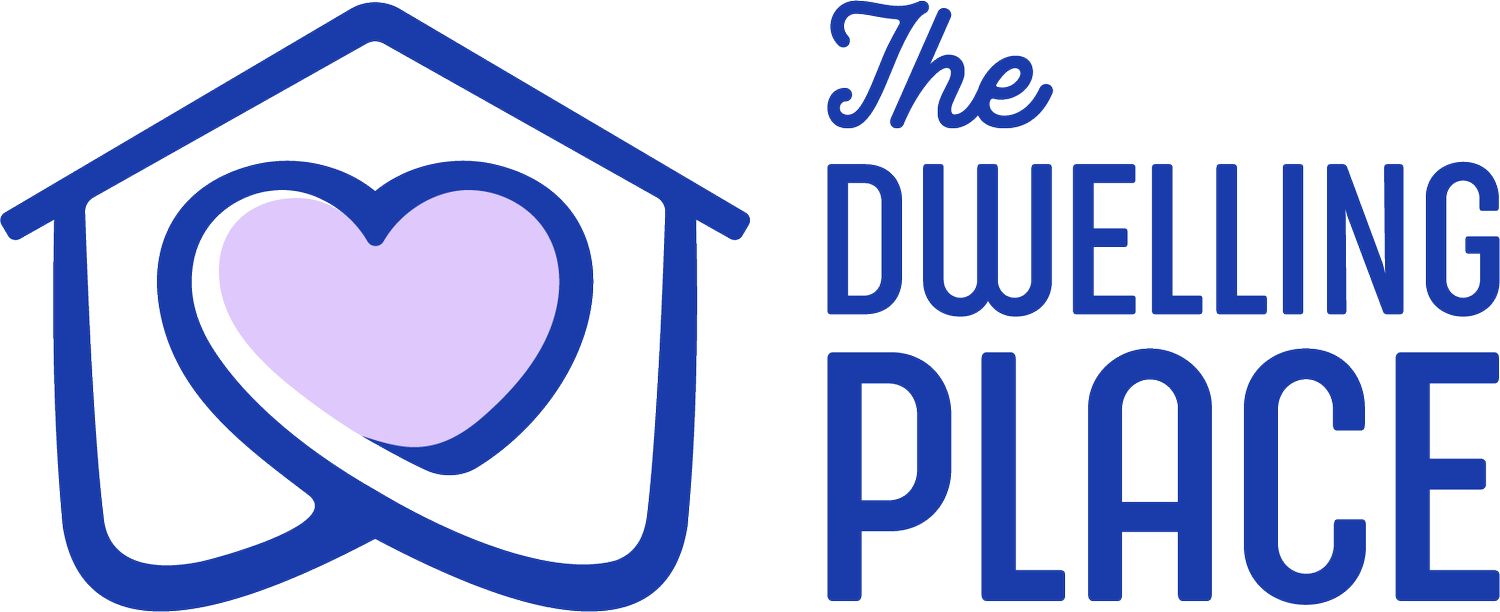Everyone
SHOULD HAVE A SAFE PLACE TO CALL HOME.
5 Key Questions for October,
Domestic Violence Awareness Month
1. What is domestic violence?
Domestic violence—or domestic abuse—is a pattern of behavior used to cause fear and gain control over another person. It may involve verbal, emotional, physical, sexual, financial and spiritual forms of abuse.
2. What does it look like?
Verbal and emotional abuse include name calling, ridicule, derogatory comments, blaming, false accusations, lying, jealousy, causing public embarrassment, anger/rage, tantrums, threats, intimidation, yelling, crazy-making behaviors, harassment, criticizing personal appearance, criticizing family and friends, interfering with work, school and appointments, bossy controlling behaviors, silent treatment and similar behaviors. Verbal and emotional abuse cause intense pain that can be much harder to heal than bruises or broken bones.
Physical abuse includes slapping, kicking, choking, pinching, biting, pulling hair, burning, tying up, using a weapon, physical restraint, throwing objects, destroying property, reckless driving to cause fear, all forms of sexual abuse, including groping, assault and rape.
Financial abuse includes taking sole control of the money to the degree that the other person has to ask for necessities, denying the freedom to work, forcing to work then taking all the money, making secret financial decisions that jeopardize family stability, blaming financial problems on others, buying unnecessary things while the basic needs of others are not met.
Spiritual abuse includes using scripture and words like "submission" and "obey" to maintain power and control, asserting spiritual superiority and domination in a relationship, or denying the right to attend church or religious activities or to read the Bible.
3. How does it affect my community?
Between 2000-2017, at least 371 women and 175 family members/friends (of which most were children), were murdered as a result of domestic violence; see Minnesota Coalition of Battered Women (MCBW) 2017 Femicide Report
1 in 3 women will be a victim of domestic abuse in her lifetime.
Domestic violence is the leading cause of injury to women in the United States—more than rapes, muggings and traffic accidents combined.
The most dangerous time for an abused woman can be when she leaves or attempts to leave her abuser.
70% of abusers also abuse the children in the household.
50% of all homeless women and children living in America are fleeing domestic abuse.
4. How can someone get help?
National Domestic Violence Hotline
Minnesota Day One®
United Way 2-1-1 (in MN)
5. How can I be a part of the solution?
-
Give a one-time or monthly donation
→

-
Donate needed items
→

-
Volunteer your time
→

-
Join our prayer team
→

DOMESTIC VIOLENCE 101
Equip your Organization
Domestic Violence 101 is a training for the community. We want to equip neighbors, family members, friends, coworkers, and church congregations to prevent domestic violence and help survivors escape. You can schedule a training for your organization or group today!





